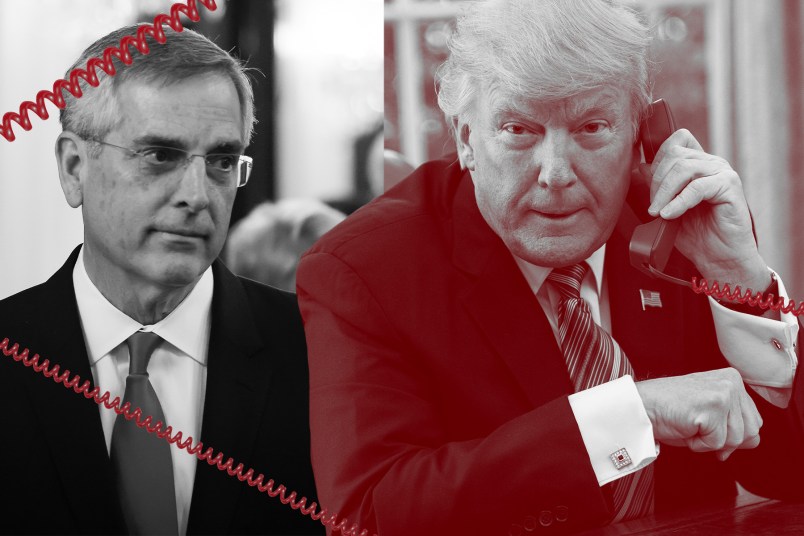By the metrics prosecutors use to gauge cases having to do with the unauthorized removal of documents containing national defense information, no one historical analog seems to have the unique combination of factors that Trump brought to Mar-a-Lago.
The volume of documents taken, their sensitivity, the lack of cooperation with the government, the fact that it wasn’t just a high-level official but a former President responsible for taking the records: nothing completely fits as an analogy for what Trump may stand accused of.
There are a few cases of mishandling of classified information, however, that provide context for Mar-a-Lago, if only in their differences.
Take the prosecution of Sandy Berger, President Clinton’s national security adviser.
Berger stuffed classified records from the National Archives into his pants, later saying that he needed them to prepare for testimony before the 9/11 Commission. He pleaded guilty in 2005 to one charge of unauthorized retention of national defense information.
But even that case, with its clear parallels, departs dramatically from the conduct of the former president.
“Sandy Berger gave that document back to the government,” Howard Sklamberg, a former federal prosecutor on the Berger case, told TPM. “There was no allegation of obstruction, or of misleading the government.”
The Berger case was not unusual in that its routine for the DOJ to prosecute cases around the mishandling of sensitive information. The vast majority of these cases are resolved without criminal investigation, though the range of punishments is large: it extends from informal reprimands from a boss to espionage prosecutions.
“They tend to be dealt with as an administrative matter, unless there’s evidence of intentional, knowing wrongdoing,” Alan Rozenshtein, a former attorney-adviser at the DOJ’s National Security Division, told TPM.
There are other, less quotidian examples of prosecutions that share details with the circumstances around Trump’s activities. Among those that experts brought up to TPM was the David Petraeus scandal, in which the former CIA director pleaded guilty to a misdemeanor charge of mishandling classified information after sharing information with a reporter.
Experts also brought up two other cases that dealt with allegations around the disclosure national security information: that of Hillary Clinton’s email server and the Edward Snowden revelations. Both cases are replete with peculiarities that make comparisons difficult, with one largely pushed by bad-faith political actors, and the other entangled with questions of mass surveillance.
The Hillary Clinton email scandal involved an allegation that information which was not marked classified, but which summarized classified information, had made its way into her email server. Snowden’s release of classified information appears to have exceeded what Trump is accused of in volume and, likely, in sensitivity.
With Snowden, however, the purpose was clear from the beginning. The same with the other cases: transmit the information to a journalist or an unauthorized confidante. Of the examples cited by experts, Berger’s case was the only one in which the information was arguably removed for personal use.
And, of course, Trump’s case is different in another way: He is a former President.
“The job that someone has is relevant in that if you’re thinking about bringing a criminal case, one of the things you’re asking yourself is, did the person have criminal intent? Did they know better?” Sklamberg said. “In Berger, he was someone who handled classified info for many years. He was trained on it, briefed on it, knew the importance of it.”
In terms of the volume of material, the only cases that really approach Trump’s are Snowden, espionage cases, and the somewhat obscure one of former intelligence contractor Harold Martin.
Martin pleaded guilty in 2019 to willful retention of national defense information, admitting that over 20 years he removed more than 50 terabytes of data, a large portion of which prosecutors said was highly classified.
Martin managed to accumulate a huge amount of records — some of it sensitive compartmented information, the government’s highest classification level.
The “why” of Martin’s removal remains somewhat unclear. With Trump, it’s the same.
But under the law, removing the information is enough.
“Anytime someone is willfully retaining classified information or national security information, it’s going to be an instant automatic priority for investigation and potentially prosecution,” Tim Perry, a former federal prosecutor, told TPM.






